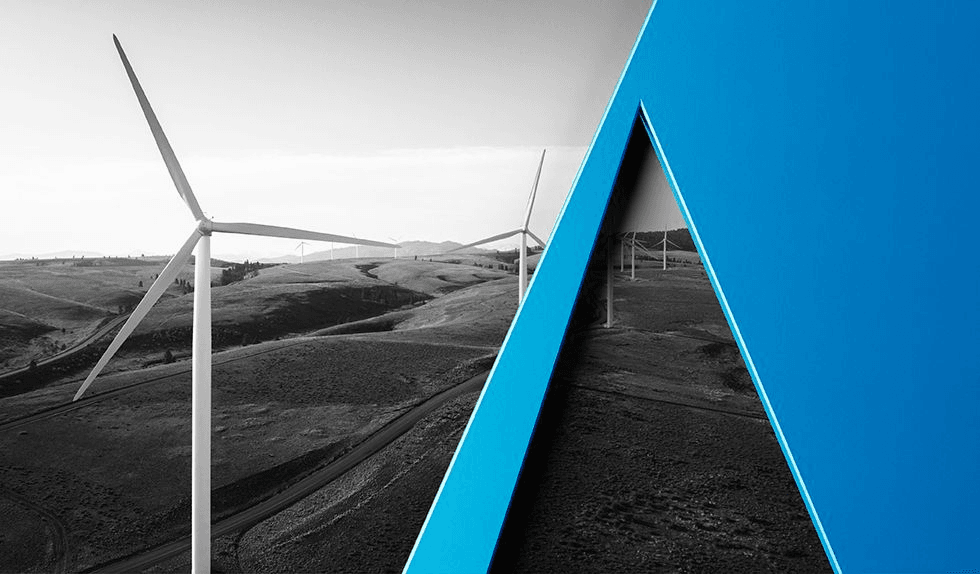Attendees seemed extremely eager to glean any information they could about the California solicitations (which was addressed in the panel I moderated). A few highlights about the California market follow (interspersed with some personal commentary):
*SCE received approximately 500 responses to its West LA Basin solicitation but would not reveal how many parties submitted requests or any meaningful information about who was shortlisted. One can assume that most parties' strategy was to submit many different proposals and hope for success. That probably will be the approach taken for larger procurement. There still is no common understanding of how to price energy storage so the market is trying to figure out what the pricing ranges are for different services.
*Both SCE and PG&E indicated on the panel I moderated that the form of energy storage agreement to be used in the statewide procurement is likely to follow closely the SCE form being used in the West LA Basin solicitation. SCE and PG&E emphasized that operational limitations need to be built into the offered price as they will be holding bidders strictly to those parameters. All the "mileage" costs on the equipment need to be calculated -- the frequency and depth of charges and discharges and their consequent impact, including equipment overhauls or replacements during the long term of the storage agreement. (I liken it to an auto lease where you must state your mileage upfront, except in this case you have to break down how much city versus highway driving you will be doing, what time of year these miles are being generated to determine the effect of temperature on the car and your average passenger and payload weight.) Given that the open-ended request for offer structure will be followed for the statewide procurement, the number and variety of proposals received probably will be voluminous. However, a large volume of proposals may make price comparisons easier because of the increased chance for proposals with the same or similar performance characteristics, which will make those similar proposals easier to score.
*SCE and PG&E indicated that they have no intention to operate the equipment outside of the stated parameters in the bid response. However, I suspect that in a long-term agreement there would be times when they would like to have the option to place further demands on the equipment for a stated price and I would be tempted to include such an option in a proposal.
*There is an impression that distribution-level reliability services are the most cost effective form of energy storage currently available.
*The interconnection process probably is the biggest challenge to storage integration and is frequently overlooked or underestimated. Storage projects need to apply for spots in the interconnection queue just like generation projects and are subject to the varegies of timing and interconnection construction cost. It will be interesting to see whether interconnection issues creates tension in meeting the CPUC's storage contracting or integration timing buckets.
I have consolidated the chart from the CPUC order below to aggregate California’s procurement requirements for the IOUs. However, while it’s natural to focus on the IOUs, we should not forget that the California procurement also requires California’s community choice aggregators and electric service providers to procure energy storage to cover 1% of their 2020 peak-load by 2020, with installation no later than 2024.
Please click here to see the California Procurement Summary chart.



